Alaska White Granite is a light-toned natural granite used by fabricators, designers, and homeowners for durable countertops, floors, and cladding; it delivers a pale background with grey/silver mineral patterning and strong compressive performance.
Alaska White Granite is a light-colored igneous stone characterized by a pale cream to whitish background streaked with grey, silver and darker mineral flecks. It is quarried in more than one country and marketed globally; visual texture and mineral balance can differ between Brazil-origin and India-origin lots. For projects where consistent tone matters, request origin certification and view full slabs before fabrication.
Purpose and use-cases
Common uses include kitchen countertops, bathroom vanities, interior flooring, stair treads, fireplaces and exterior cladding where a light, neutral surface is desired. Its heat resistance and neutral palette make it a frequent choice for modern and transitional interiors as well as commercial projects that require a bright, reflective surface.
Performance and quality in real conditions
Alaska White typically displays the mechanical strengths expected of quality granites: high compressive strength and good abrasion resistance relative to softer stones. Measured values vary by batch (example datasheets report compressive strength ~234 MPa and absorption ~0.256%), so confirm lab tests for your specific slabs. Light colours can show staining more visibly than darker granites if left unsealed.
Materials and manufacturing notes
Composed mainly of quartz and feldspar with accessory mica/biotite, Alaska White is cut from blocks and calibrated into 2 cm and 3 cm slabs, then polished, honed, or leathered. Some suppliers perform resin stabilization to fill micro-fissures—ask whether factory treatments were applied, since this affects fabrication and longevity.
Parameter |
Description |
| Slab Sizes | Gang Saw Slabs: 280 x 180 CM up in 2, 3 CM, and other Cutter Slabs: 180 x 60 CM up in 2, 3 CM, and other |
| Tiles | 30×30, 30×60, 40×40, 60×40, 60×60, 60 x 90, 60×120 CM in various thicknesses and custom sizes |
| Thickness | 6 mm, 18 mm, 20 mm, 30 mm & custom options |
| Others | Window sills, thresholds, monuments, steps & treads, flagstones, & articles available in custom sizes |
| Finishes | Polished, honed, leathered, bush hammered, lepatora, flamed, shotblasted |
| Standard Thickness | 18 MM (other thicknesses available) |
| Place of Origin | North India |
Maintenance and care
Clean with mild soap or a pH-neutral stone cleaner and soft cloths; avoid acidic or abrasive products which can damage seals. Use the water droplet test to check porosity: if water is absorbed quickly, sealing is recommended. Industry guidance suggests resealing intervals commonly range from 1–3 years depending on use and sealer quality.
Installation & compatibility notes
Fabrication requires diamond cutting and experienced stone fabricators. Use appropriate adhesives and epoxy for seams to minimize visible joins on light surfaces. Support heavy slabs properly; ensure cabinetry or substrates are level. For outdoor or cold-climate use, confirm freeze–thaw suitability for the specific slab batch.
Pros & Cons
Pros
- Clean, neutral aesthetic that complements many palettes.
- Strong compressive and abrasion performance typical of granite.
- Available in standard 2 cm and 3 cm slabs and multiple finishes.
- Suitable for both interior and many exterior applications when frost-resistant batches are chosen.
Cons
- Light color shows stains and grout residue more visibly than darker stones.
- Visual variation across origins—requires slab inspection to ensure consistency.
- Warranty and certification vary by supplier; not standardized publicly.
Who should / should NOT buy
Who should buy:
- Homeowners or designers wanting a bright, durable natural stone.
- Projects requiring heat resistance and a neutral aesthetic.
Who should NOT buy:
- Buyers seeking zero-maintenance engineered surfaces.
- Projects that cannot tolerate any visible staining without frequent upkeep.
FAQs
Q1: Is Alaska White Granite good for kitchens?
Yes- heat resistant and durable; seal and clean promptly to avoid staining.
Q2: How often to reseal?
Typical guidance 1–3 years depending on use and sealer performance; use water test to verify.
Q3: Where is Alaska White quarried?
Found in Brazil and India; origin affects look- confirm with supplier.
Q4: Can Alaska White be used outdoors?
Many batches are suitable; confirm freeze-thaw resistance for cold climates.
Q5: What finish is best for counters?
Polished is most common for countertops; honed for matte aesthetic.

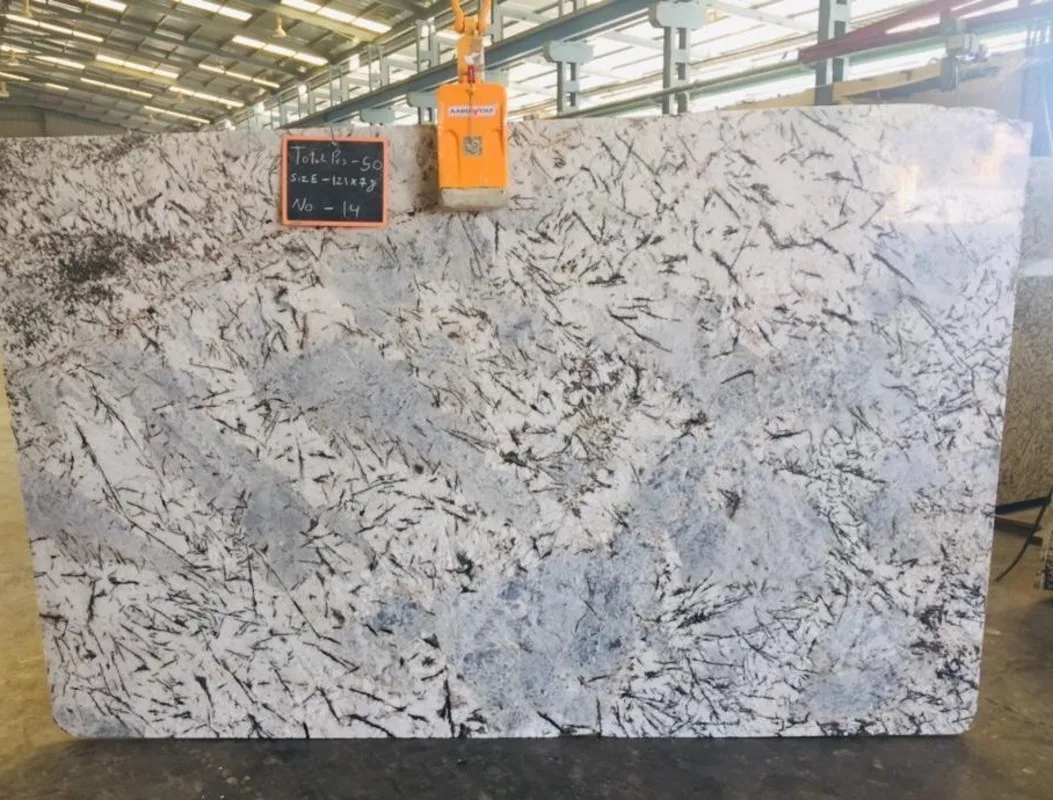
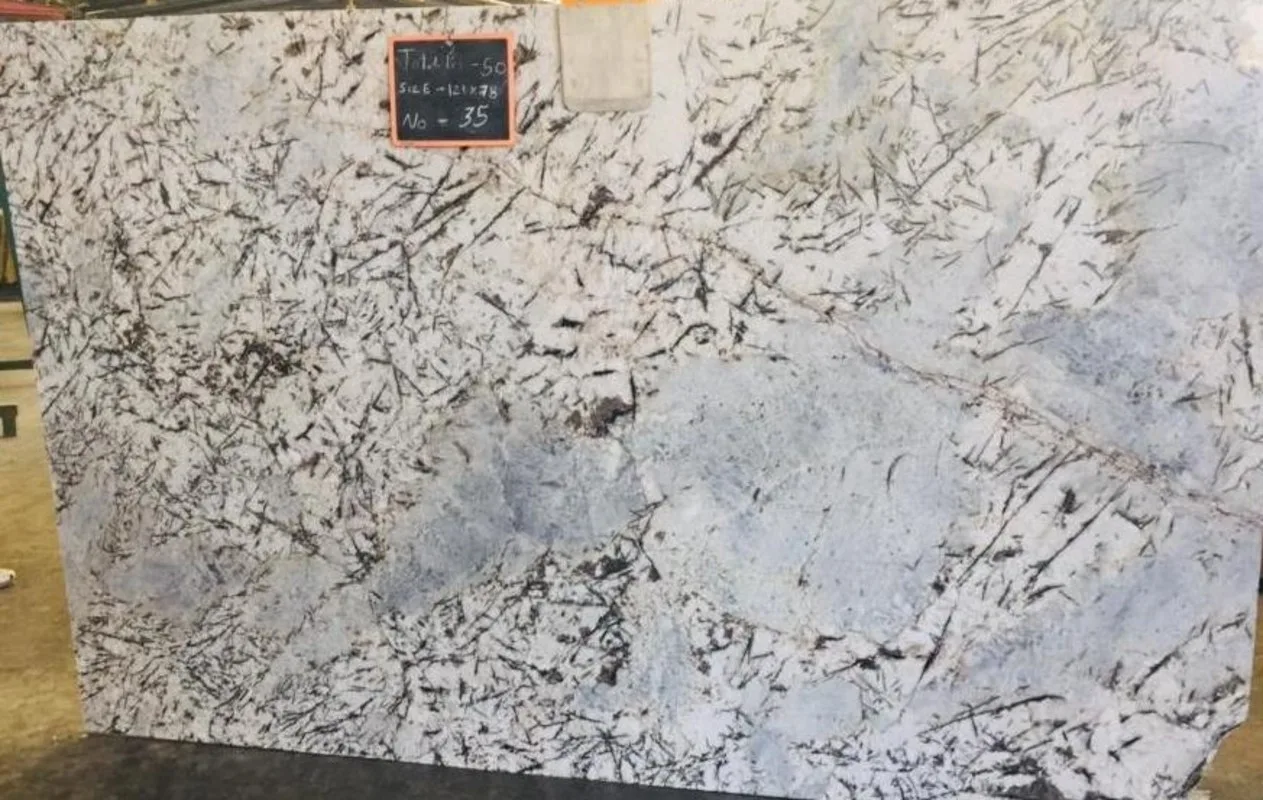
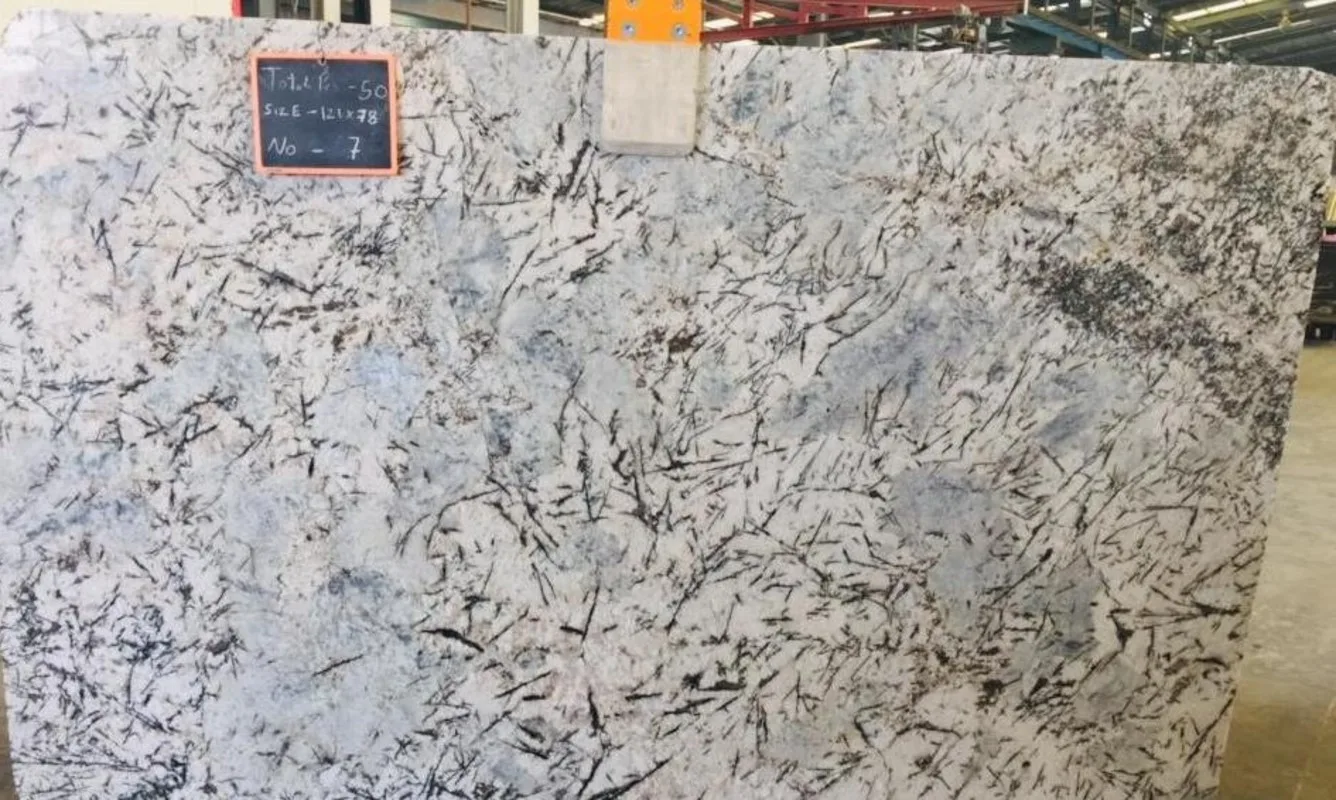
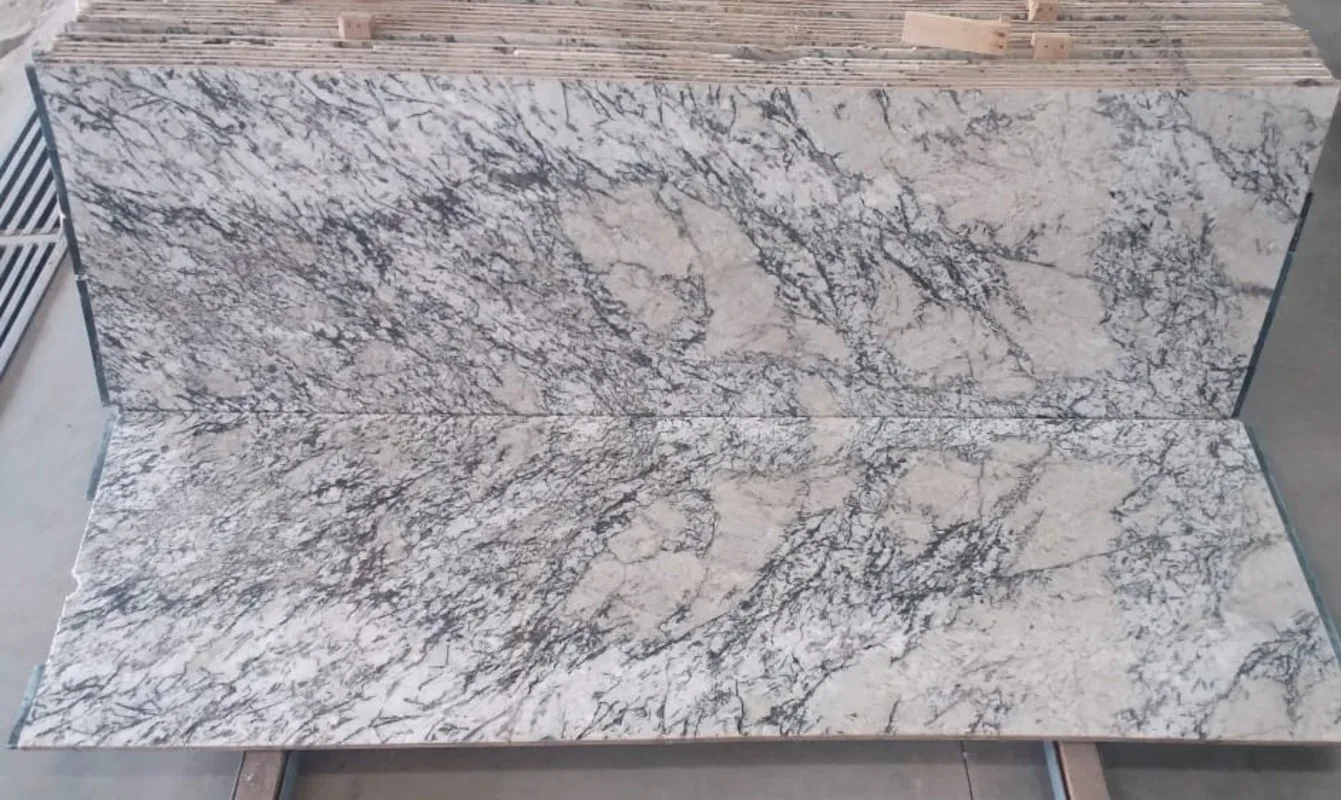
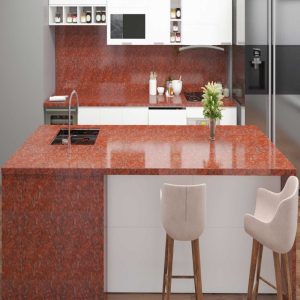
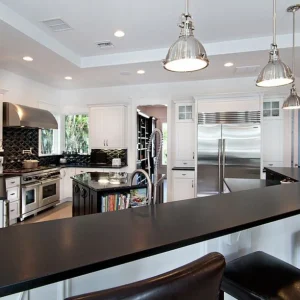

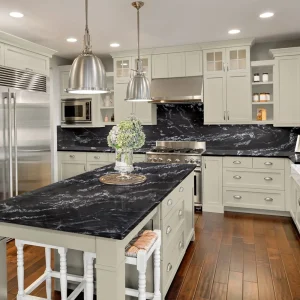
Reviews
There are no reviews yet.